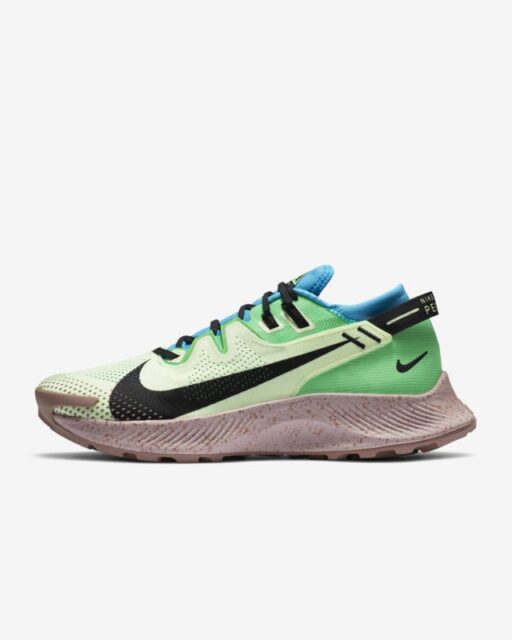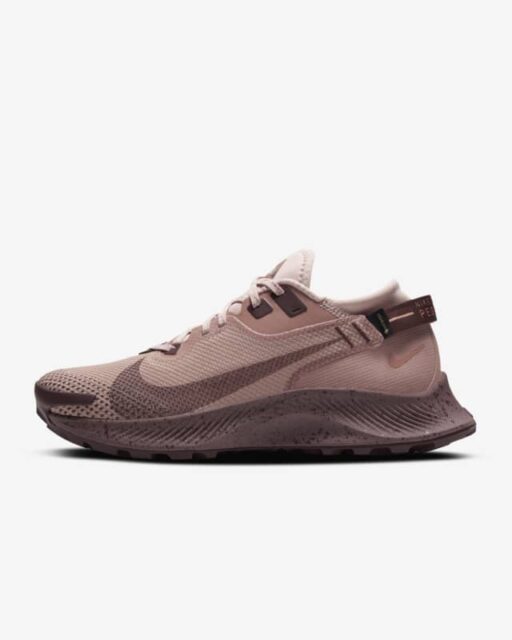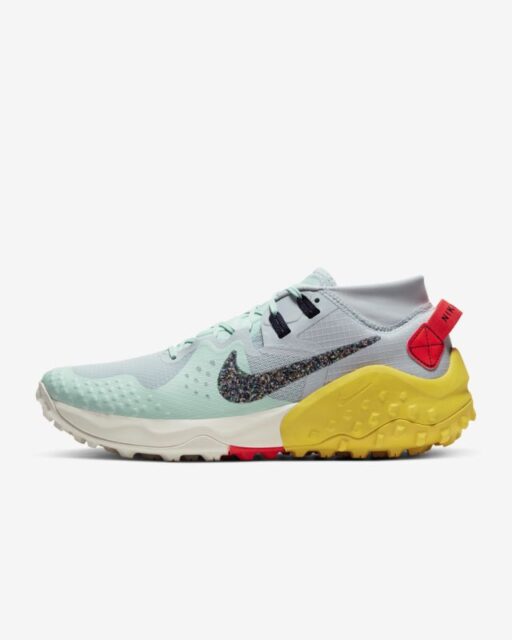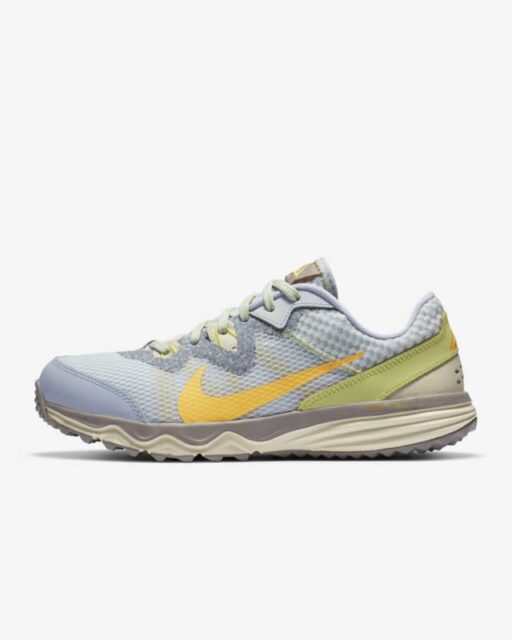
Intro
When considering a new running shoe, there are so many similar-looking shoes on the market being made by so many different companies, it is virtually impossible to (1) know where to begin; (2) quickly figure out which one or two products from a given brand might work well for you; and (3) determine what products from other brands might be the most similar and also worth considering.
So in our new “Blister Brand Guide” series, we provide an overview of the entire product lineup of a brand; highlight how each product stands out from the rest of that brand’s lineup; and help you figure out quickly and easily which shoe might work best for you.
In our individual product reviews, we go very deep into the details of particular products. With these Brand Guides, the goal is not Depth, but Breadth. Our Brand Guides and full reviews are designed to complement each other — provide a broad overview of entire company lineups, and then also very detailed reviews of individual products.
Nike: Brand Background
Nike is one of the biggest names in road running, but they’re still relatively new to the trail running world. Nike has dabbled in the trail shoe market in the past, but their current line of “Nike Trail” shoes made its first appearance in 2014 with the release of the Zoom Wildhorse. Since then, the Nike trail lineup has grown to include four other models.
While Nike’s trail shoe lineup might seem fairly limited compared to brands like Hoka or Salomon at a first glance, each shoe in Nike’s line up has a distinct set of features that cater to a specific type of runner. In this brand guide, we’ll outline these features and provide an idea of what each Nike Trail shoe is designed to do best.
NIKE TRAIL SHOES
(Most Cushioned to Least Cushioned)
Most Cushion

Stack Height
- Heel: 31 mm
- Toe: 21 mm
Drop: 10 mm
Stated Weight
- Men's: 315 g
- Women's: 266 g
MSRP: $130.00

The Pegasus Trail 2 GORE-TEX has the same midsole and outsole as the standard Pegasus Trail 2, but with a waterproof / breathable upper. Like the regular version of the shoe, the Pegasus Trail 2 GORE-TEX is probably best suited for runs that mix roads and non-technical trails — but it offers more protection from wet, cold conditions than the Pegasus Trail 2. If you often run on a mix of pavement and dirt in inclement weather, the Pegasus Trail 2 GORE-TEX could be worth checking out.
Stack Height
- Heel: 31 mm
- Toe: 21 mm
Drop: 10 mm
Stated Weight
- Men's: 328 g
- Women's: 277 g
MSRP: $160.00

The Wildhorse 6 is also pretty much a complete redesign of the previous version of the shoe. The Wildhorse 6 has a much thicker midsole (about 10 mm thicker, to be exact) and much more aggressive outsole than the Wildhorse 5. The upper has also been completely overhauled — the Wildhorse 6 has a sock-like ankle collar that’s designed to keep rocks and dirt out of the shoe, and the updated lacing system purportedly provides a more locked-down fit through the midfoot. On the whole, these changes make the Wildhorse 6 more targeted to performance on technical terrain than previous versions of the shoe. The Wildhorse 2 will likely perform better on technical terrain than the Pegasus Trail 2 thanks to its much more aggressive outsole and lower heel-to-toe drop, while offering a bit more cushion / protection than the Terra Kiger 6 for longer runs. If you’re looking for a high-cushion shoe that can handle more technical trails, the Wildhorse 6 should be on your radar.
Stack Height
- Heel: 30 mm
- Toe: 22 mm
Drop: 8 mm
Stated Weight
- Men's: 297 g
- Women's: 255 g
MSRP: $130.00

Stack Height
- Heel: 29 mm
- Toe: 23 mm
Drop: 6 mm
Stated Weight
- Men's: 255 g
- Women's: 227 g
MSRP: $70-80.00
Least Cushion

The Air Zoom Terra Kiger remains largely unchanged for 2020 — the Terra Kiger 6 has the same midsole and outsole as version 5, with just a few minor changes to the upper design. The Terra Kiger 6’s upper allegedly provides a better fit and better durability than the previous version. Aside from that, the Terra Kiger is still Nike’s go-to shoe for faster runs on moderate terrain. We found that the Terra Kiger 5’s outsole (which looks to be unchanged on version 6) didn’t provide much traction in wet conditions — so if you run lots of highly technical, muddy trails, the Wildhorse 6 might be a better option than the Terra Kiger 6. The Wildhorse 6 also provides more cushioning and protection than the Terra Kiger 6, which might make it a better option for longer runs (depending on your shoe preferences). But if you’re looking for a lighter, lower heel-to-toe drop shoe with firm cushioning for faster / shorter runs and don’t expect much mud, the Air Zoom Terra Kiger 6 could be worth a closer look.
Stack Height
- Heel: 27mm
- Toe: 23 mm
Drop: 4 mm
Stated Weight
- Men's: 264 g
- Women's: 235 g

So the Wild horse 5 has been my go to trail runner to a fault. The changes to the 6 have me skeptical about just “ordering” them without trying them on….covid is crazy here right now…so the question is which of these models is most similar to the “Old” wild horse 5. I’m thinking the TK6 but am wondering if you can enlighten me a bit…
Tim, I echo your comment. I’ve had multiple pairs of the Wildhorse 5, and have heard few positive reviews about the 6.
Hey Tim-
I haven’t actually run in either the Wildhorse 5 or 6, but I’d say the Terra Kiger 6 is probably closer to the Wildhorse 5 than the Pegasus or Juniper would be. With that said, the TK 6 does have a lower drop and a fair amount less cushioning than the Wildhorse 5 — so if you’re concerned about drop and / or cushion, the TK 6 might not work as well for you. At the end of the day, none of Nike’s current offerings have all that much in common with the Wildhorse 5. If you really like the Wildhorse 5, I’d just recommend trying to find a pair online — it looks like a few sites (Amazon, etc) still have them in stock. Hope that helps!
Tim, Max,
I too was a huge fan of the wildhorse 5. I pulled the trigger on a pair of 6’s and really do love them. They’re a different feel than the 5’s though. Bigger drop (i think) way more cushion (at least it feels like it). Buy a half size up because they run a bit narrow and small.
WH6 is amazing shoe for me -101 last. Shape and foam tech is taken from Nikes’s road shoes. Having sais that i dont do road racing just training once a week. Extremely comfy long distance <=50km shoe! Upper is indestructible! I did around 500km! One thing: rubbish grip on wet, any wet surface! There is no grip at all, i was skating like on ice! Great shoe for dry fire roads and trail. Yes i am buying second pair.
I would have to disagree with you on grip. I bought the Kiger 6 and the WH6 for my running season this year and while I think the Kiger has better grip I am pretty happy with the wet trail grip performance of the WH6 both for runs and for hiking.
I’ve split time between the shoes but I have over 600km this year between these two shoes. All my runs are on PNW trail and we had a wet summer.
I love the fit of these shoes, but my headline would be that I was less happy with both as a hiking shoe and a running shoe than Soloman Sense Rides or Altra Lone Peaks. They aren’t as grippy and the WH6 has less feel for me and too much suspension. The K6 has very minimal cushioning for me (6′, 200lbs) and isn’t great for anything over 4-5 miles on trail. The fit though. I wish all my shoes fit this way on my feet. It’s a sock-like feel for my foot.
First of all, love your brand line ups.
Anyway, I bought a Nike Trail 2 in 44 (10) size, I did a run in them mostly on the road, and my toes next to the big ones were killing me for the next two days. So I sold them online. It’s the plastic in the front…the React felt great on the hard surface. Go half of size up maybe.
I think I would go for something less cushioned and lighter next time. Terra Kiger looks good, but can’t find it in the shops around here.
Keep up the good work!
This is interesting.
I typically buy a new pair of size 14 UK trail Nike shoes every three months. So I’m always interested to see what is new and most importantly available in my size. I generally find the Nike sizing reliable.
I’ve had quite a few pairs of Nike Juniper Trail now and I have actually found them to be really great and comfortable, which I found surprising given the relatively low cost. They have become my current go to trail shoe.
I recently bought a pair of Nike Pegasus Trail 2, which I did find comfortable to wear and the cushioning felt great, but I have put less than 100 miles onto them and now the toenail of both index toes is heavily bruised on both feet. One of them is completely black, which I have never experienced before with any running shoes. I have had to stop wearing them and I’ve gone back to the Junipers.
I am assuming it must be the plastic toe protector on the Pegasus Trail 2 that is causing the bruising, even though it doesn’t hurt while running. From a feel point of view the size 14 appears to fit me perfectly with no rubbing, or sliding around. I guess I will need to avoid trail shoes with the toe protector in future.
Late to game but have the Nike Juniper. Notice right back sole digging in and causing blisters right away. Saw review on dept store chain buyer had same issue but could just be breaking in but the layer of material (feels like cotton) seems thin inside.
Bought the Nike Juniper Trail 2 as well and the shoes dug into my back heel causing blisters.
same here. bought the Nike Trail 2 Juniper and within 20 minutes of wearing them felt a strong cut on the right heel of my foot.
Returned them immediately to the store the next day.